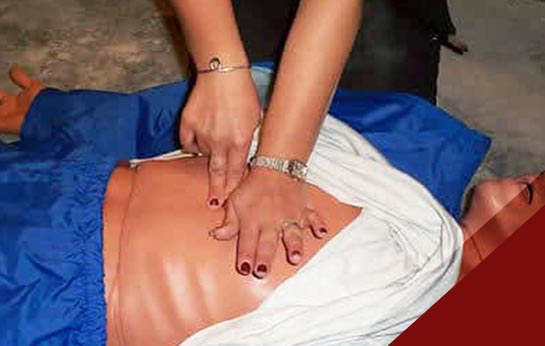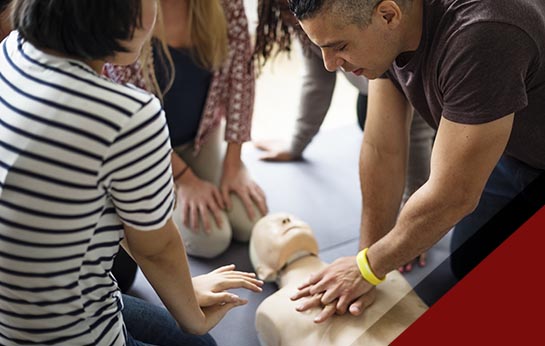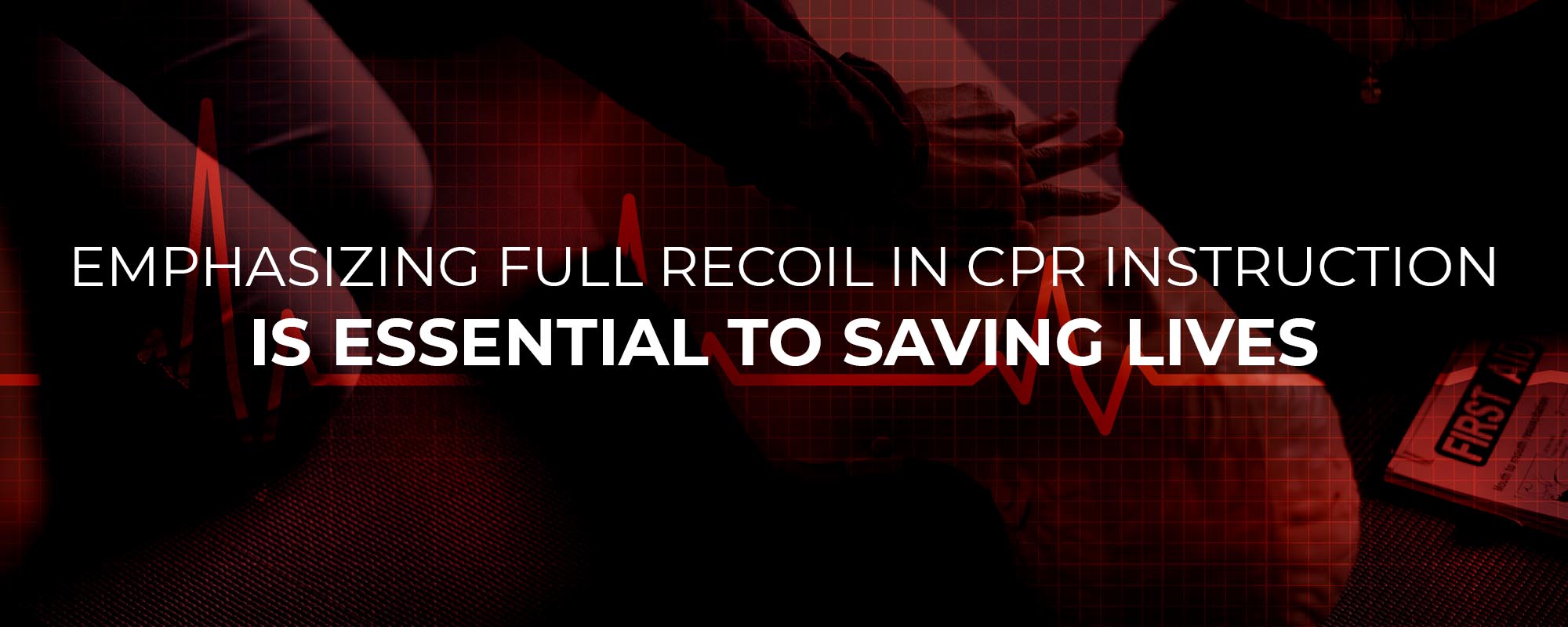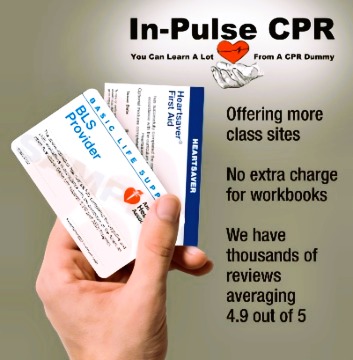Emphasizing Full Recoil in CPR Instruction is Essential to Saving Lives
According to a consensus statement issued by the American Heart Association in 2010, high-quality CPR is comprised of certain critical elements. These components emphasize that the emergency responder:
- Minimize the interruptions in chest compressions;
- Supply chest compressions of a sufficient rate and depth;
- Avoid excessive ventilation; and
- Avoid leaning between compressions.

While it is clear that high-quality CPR leads to survival from a heart attack, there are still some variations as to how caregivers monitor and implement the steps. As a result, the quality of the CPR can vary widely between systems and locales.
In turn, victims do not obtain the high-quality CPR they need due to ambiguity. Therefore, to dispel any misinformation, it is important to address specific key issues with respect to CPR quality, including:
- Monitoring:
- Feedback;
- The patient’s response to CPR; and
- The metrics related to the activity.
By defining the methods and metrics used to deliver and improve CPR quality, the gap can be narrowed between the science of resuscitation and the victim, thereby improving the quality of care as well as survival rates.
This kind of the information is further supported by CPR research. For example, one news report out of Chicago showed that 60% of bystanders failed to provide enough force on a victim’s breastbone in order to revive him.
According to the trial, which was conducted by Fernando Perez, MD and Robert H. Trenkamp, Jr, EMT-P, leaning, when used in CPR, ranged from around 1.5 pounds, (which constituted a minor issue) to around 19.5 pounds (an important problem). As a result, full recoil was not achieved.

Leaning, or using excessive force on the sternum at the top of recoil, is related with factors that reduce survival rates. Most of the trial participants, who showed excessive leaning on the first trial, proved to control their tendency toward leaning during follow-up. If a subject averaged more than 1.5 pounds of leaning during testing, he was coached and re-tested. A pressure of 0.5 pounds was considered safe.
So, why is full recoil important? Full recoil is required so the blood can re-fill the heart’s chambers between compressions. Therefore, full recoil is essential because, as the chest is elevated, the negative pressure that is exerted actually causes the blood to be drawn back into the heart. As a result, you can liken the activity to using a plunger and pulling back on it in a water-clogged sink. Full recoil permits the optimum output of blood when performing CPR.
Fortunately, according to the study, almost 80% of the subjects who did not achieve full recoil during the initial trial were able, after coaching, to succeed at the activity. The results of this study support the need for emergency personnel, who are educating witnesses of cardiac events, to emphasize full recoil during training activities. CPR instructors who teach the subject, as well, should make sure that their students fully realize the implications connected with the activity.





